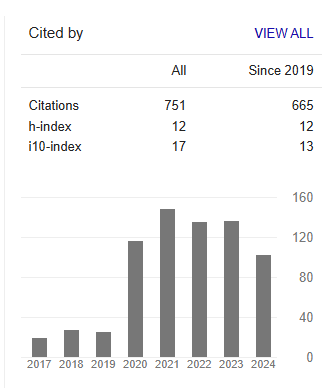A systematic review of intravenous drug use related infections among adolescents.
Abstract
Nkporbu A.K., Ayodeji O., Korubo I.F., Stanley P.C
Background: The claim that the use of intravenous medicines is what causes infections, on the other hand, has generated debate throughout the years. For instance, it is highlighted that failing to clean the skin prior to an injection or injecting microorganisms from used or filthy needles might result in various forms of infections [1, 2]. In particular, cellulitis is the most typical infection that drug users get [3]. In addition, soft tissue infections brought on by contaminated needles used for intravenous injection or subcutaneous/intramuscular injection can present as a variety of illnesses with varying degrees of severity, such as cellulitis, abscesses, myositis, and necrotizing fasciitis [4].
Aim: This study is aimed at conducting a systematic review to find out the infections that are traceable to the use of intravenous drugs among adolescents.
Design: systematic review
Data Sources: Systematic search for worldwide published literature from databases like google scholar, Emerald, Elsevier, PubMed, and Science-Direct
Result: 1500 papers were found, 800 were removed because of duplicate data, 500 papers were further removed because they required payment to access them. Furthermore, 150 papers were disregarded due to inaccurate information, and 200 publications were disregarded because they are not necessarily for this research. 50 papers were further removed because of shallow information. Finally, 10 (ten) papers were ultimately included in this research.
Conclusion: The data indicates that adolescents around the world continue to use intravenous drugs at significant rates. The results of this study also confirm that intravenous drugs propagate HIV, other types of hepatitis, osteomyelitis, and endocarditis, and they also pose a risk for those diseases.



